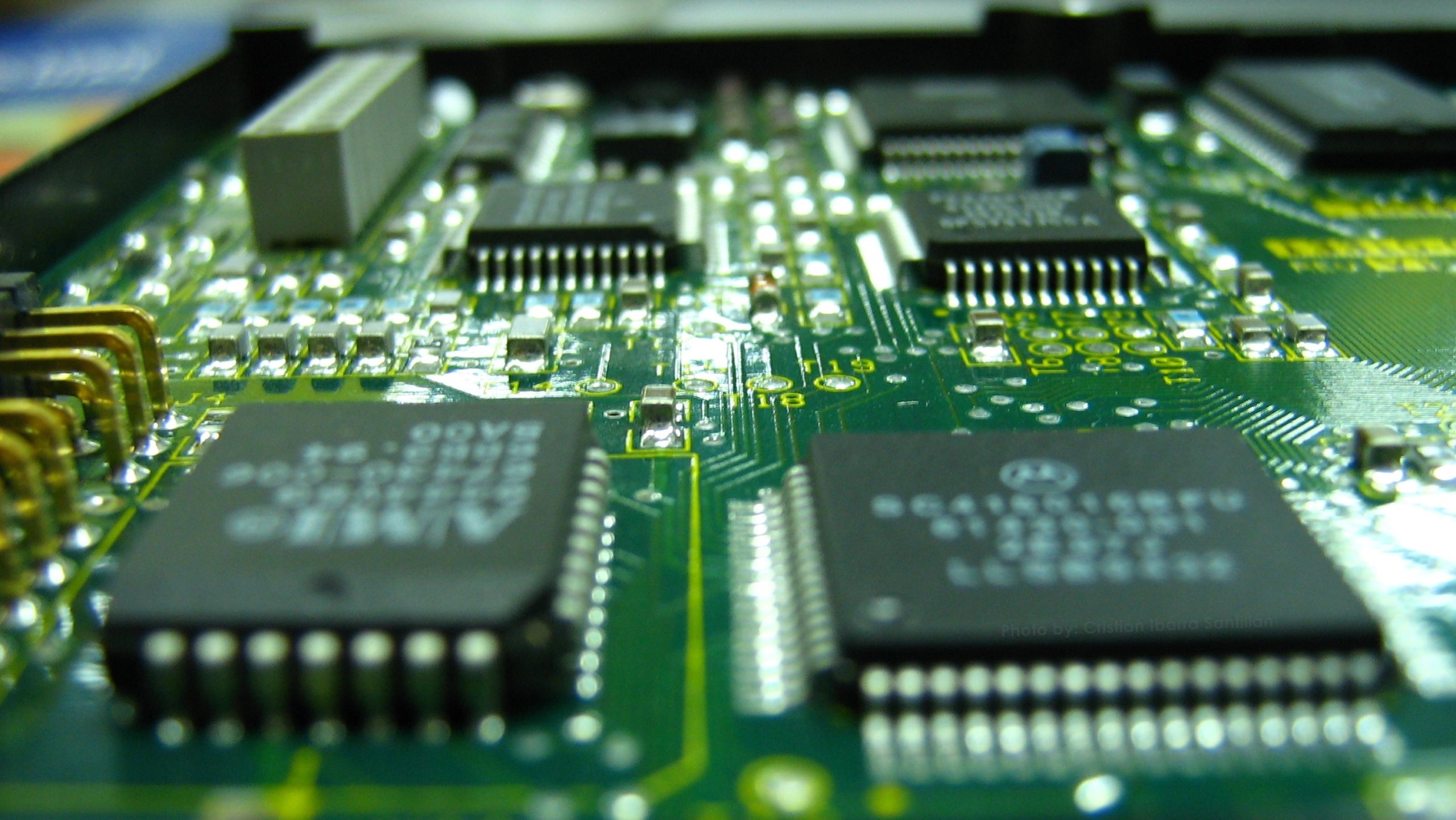
Machine learning is going to make an impact on every industry. Want to know how it will change yours? Interested in seeing how you can leverage its capabilities today? Download our Free Machine Learning Whitepaper right now!
Imagine if you could accelerate innovation in artificial intelligence (AI). Recent developments in machine learning (ML) have already unlocked numerous opportunities thought impossible before. But what if we could make AI algorithms run a hundred times faster than today’s best speeds?
Lightelligence is a Boston-based developer working on an AI accelerator chip that utilizes light instead of electrons to conduct the mathematical computations at the core of machine learning. If they’re successful, AI will never be the same.
AI at the Speed of Light?
Optical chips are not exactly new; they’ve been developed, experimented with, and utilized in a variety of cases. But advancements in deep learning, an ML subset very loosely based on how human brains work, have unveiled a prime opportunity for this technology.

Theoretically, a device that lets AI algorithms transfer information at the speed of light would be hundreds of times faster than any chip available today. Considering that raw computing power is the main determinant of speed (and thus capabilities) in machine learning, this is a big deal.
It’s worth noting that the actual speed of information transfer would be affected by a variety of variables such as the physical environment and how quickly the chip interacts with other more conventional computing components, like memory. Regardless, it would still be vastly faster than current speeds.
An Unprecedented Opportunity
Deep learning provides immense value and efficiency when it comes to tasks like text translation and image labeling. As a result, companies around the world have been racing to implement it in their operations. This swift and substantial increase in demand for the technology has led to an explosion in designs for new chips that are optimized to carry out the complex calculations required of this AI subset.
Yichen Shen, Lightelligence’s CEO, believes that light is the best option to satisfy AI’s need for speed. Not only are photons faster than electrons, but they also don’t overheat a chip’s circuitry. And computing with light, a challenging task that has thwarted many previous attempts to build optical chips, is actually perfect for AI.
Optical chips happen to excel at matrix multiplications and linear computations, calculations that are essential to deep learning and neural networks, respectively. What was once a detriment to the viability of optical chips is now its greatest strength when it comes to deep learning’s rather hard-to-grasp subject matter.

And scientists are embracing this resultant new perspective. “It’s the nonintuitive aspect of deep learning that has changed how we look at physical and optoelectronic design. Some of it is leading to new ways to compute,” Aydogan Ozcan, a UCLA professor, says.
“Some of it is leading to designing components, systems, that operate differently from traditional systems.” Ozcan led a UCLA research team earlier this year in the development a deep learning device that relied on 3D-printed refractive polymers. It’s now known as a diffractive deep neural network (D2NN). You can learn more here.
The Race to Commercialization
Thanks to AI’s newfound interest in optical chips and their widespread use and development for networking purposes, commercialization of the technology is more practical than ever before. And because they’re easier and cheaper to manufacture than other options, optical chips are also viable for startups to leverage in their products.
Less than a year ago, Shen was still a PhD student of photonic materials at MIT. Lightelligence was borne from the research he and his colleagues conducted about optical interference’s potential role in neural network computations. Before their research paper was even published, a call from a Silicon Valley venture capitalist convinced the team that starting a company was a smart move.
The future looks bright for Lightelligence, but the path towards it is not without hurdles. For example, even if the chip works exactly as hypothesized, it could be difficult to scale in manufacturing. Besides this, no standard software design tools exist for this type of optical device. So implementing and innovating with it could prove to be an insurmountable challenge.
“Light is very elegant on paper, but the surrounding electronic circuits—your laser drivers, photon receiver circuitry, electronic modulators—are very ugly,” says Zhangxi Tan, CEO of OURS Technology, another chip startup.
A Smarter Future, Faster
Lightelligence also faces fierce competition from Lightmatter, a startup formed by former research colleagues of Shen. Lightmatter has raised similar investment amounts for their unique take on an optical chip designed for deep learning. Hopefully, a little competition turns out to be healthy for these two companies.
The opportunities that AI is opening up are practically limitless. By 2035, it could increase profitability and productivity in businesses by 38 percent and 40 percent, respectively. On an economic level, it could contribute $15.7 trillion of GDP growth will be due to AI by 2030 according to PricewaterhouseCoopers. To put that into perspective, that’s more than the current combined GDP output of India and China.
But before we can reap the rewards, innovations like Lightelligence’s new chip must help us get there. What AI capabilities do you think will become possible if Lightelligence is successful in their mission? Let us know in the comments!





